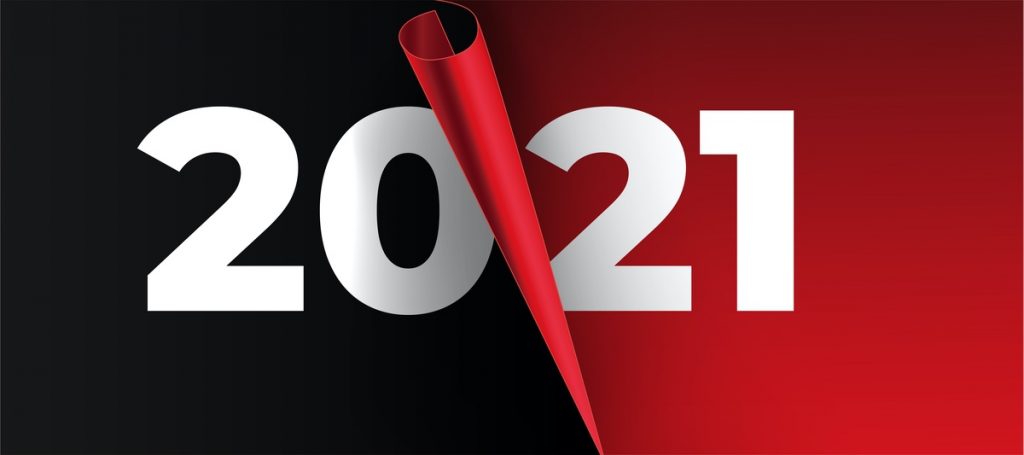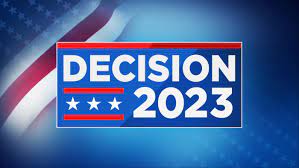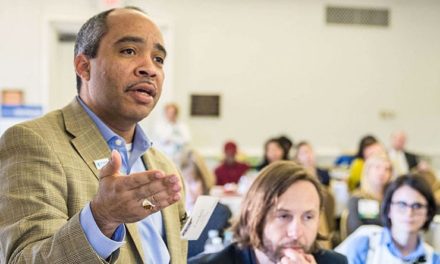Thumbnail: The new year offers a continuation of the challenges brought by COVID, demonstrates the importance of leadership, threatens marquee downtown projects, and points toward the next mayor’s election.
**
The pressing question with our personal New Year’s resolutions often is how long it will be before we break them.
In a city, grand pronouncements about the new year are delivered by politicians and other leaders who generally claim progress for the community and repeat their own priorities as the reason why.
Perhaps both people and cities are similar in the way that the change in the calendar is accompanied by an insistent continuity. Despite our best intentions, moving from one year to another generally ends up being more of the same on a linear plane.
That is true in any year but especially in a year following one swamped by COVID-19 that killed people, filled hospitals, claimed jobs, decimated restaurants and small businesses, and redefined what normal meant.
It also laid bare the inherent and long-time disparities that have bedeviled Memphis and Shelby County for generations: a racial income gap which has not improved over the past 50 years, economic segregation that has worsened, poverty that has deepened, population that has not grown, and a GDP that is losing ground when compared to its peers.
Pluses and Minuses
In the past year, Memphis Mayor Jim Strickland and Shelby County Mayor Lee Harris provided leadership in the midst of the county health department’s faltering leadership, its failures with transparency, and its explanations with their inconsistencies. City Hall in particular – despite having no operational control over the health department – provided up-to-date data and information that emphasized the seriousness of the pandemic’s impact in our community and urged public health precautions.
Much of this was credited to Doug McGowen, city COO and the mayor’s Swiss Army knife. In addition, while losing revenues and testing its budgets, City of Memphis used part of its CARES Act funding for several programs to support people who had lost their jobs and it encouraged EDGE to start programs supporting neighborhood businesses.
Meanwhile, on the private sector side, the Greater Memphis Chamber announced that it would develop a plan that would cushion the negative impacts of the pandemic on the economy and to consider the agenda to make it happen. In the end, its agenda was unimaginative and largely more of the same, and it’s hard to point to discernible ways that it had a real impact as small businesses and restaurants struggled and too many closed.
At the same time, public and private sector leaders have done little to nothing to reduce the overreliance on tax breaks – now totaling $800 million every decade – and continue to sell Memphis at a discount while cities are outrunning our community are concentrating on quality. Before the pandemic, there was boasting about the city’s momentum when in truth, it was playing catch-up after being one of the last cities in the U.S. to return to pre-Great Recessions levels.
Changes Coming
Once again, it spotlights the need for an economic development plan, one that guides decisions based on a plan of action with strategic priorities, assignments, and measurements. The truth is that we have had plenty of plans but we seem to treat them as the outcome.
It’s regularly been the implementation that’s the problem. On the public sector side of things, Memphis 3.0 may have been slowed by COVID but it is poised to move ahead when it can.
The Downtown Memphis Commission will be hiring a new president, and after five of them in 11 years, the emphasis should be on finding someone who can bring continuity to its work, spark momentum post-coronavirus, strengthen the team, and collaborate with city and county governments while maintaining its independence.
The city-county agency is likely to face a difficult future with its marquee projects. It’s hard to imagine that some of them – the $1 billion Pinch District development, the $740 million The Walk (formerly Union Row), and $240 million Loews Hotel – will take place.
Already the Loews Hotel is essentially on hold because of its difficulty in obtaining financing for a hotel in Memphis. It missed its year-end deadline to have its financing in place and now City Hall is taking 45 days to negotiate how long its extension will be. That said, the 45 days is in itself an extension, and the Strickland Administration has bet big on this hotel, so look for it to be patient with the hotel chain. Considering the ability of Chance Carlisle to move ahead on his hotel projects, perhaps Loews should consult with him.
Meanwhile, the Walk’s original vision appears to be scaled back, hopefully temporarily, from its grand mixed-used plan to an apartment complex, and the future of the Pinch Project, which has always been iffy, grows foggier.
Vision and Priorities
Substantial tax breaks have been given to all of these projects (it’s a mystery how the Tourism Development Zone can support them all) so once again taxpayers have a significant stake in these projects albeit without an equity position.
Epicenter also will hire a new CEO to lead its goal of creating an ecosystem of entrepreneurship. The nonprofit needs to move to the next level if it’s going to achieve its mission so hiring the right CEO is crucial.
All in all, the challenge for Memphis in this year – as it has been for many years – is to have its own vision and act on it. Without it, the city reacts to projects on the come and without priorities, and as a result, they are disparate and regularly isolated so that 2 plus 2 rarely equals more than 4.
Every city and county should be able to state what its top 25 priorities and then pursue the funding to make them happen. Without them, they are liable to the whims of funding from the federal government or state government or philanthropy. As former Memphis Mayor A C Wharton Jr. once said, an example is when state government sends money for three roads and although we only need one, we build three anyway because that’s what the money calls for.
The question: can anyone say that the 25 priorities are for City of Memphis or Shelby County?
The Next Mayor
Speaking of mayors, while Memphis is just under three years from the next City of Memphis election, positioning of mayoral candidates is likely to get more animated later this year. There are already names circulating but more are expected as the year ends.
The political calculus is whether so many African Americans enter the race that a single White candidate has an opening to win. It would seem the time for a young, imaginative, energetic African American mayor for Memphis, one with a clear vision and the power of an agenda to realize it. Already, the impact of new faces on Memphis City Council are obvious and they appear to be pointing to the future of the city.
It has been said that Memphis has never had a great mayor. It has had competent mayors. It has had practical mayors focused on operations. But it has never had a truly great mayor like we see in other cities who can mobilize Memphis with a compelling vision and who have a national presence and through the power of their personality, they catapult their cities into the select network of cities admired for their progress and innovation.





